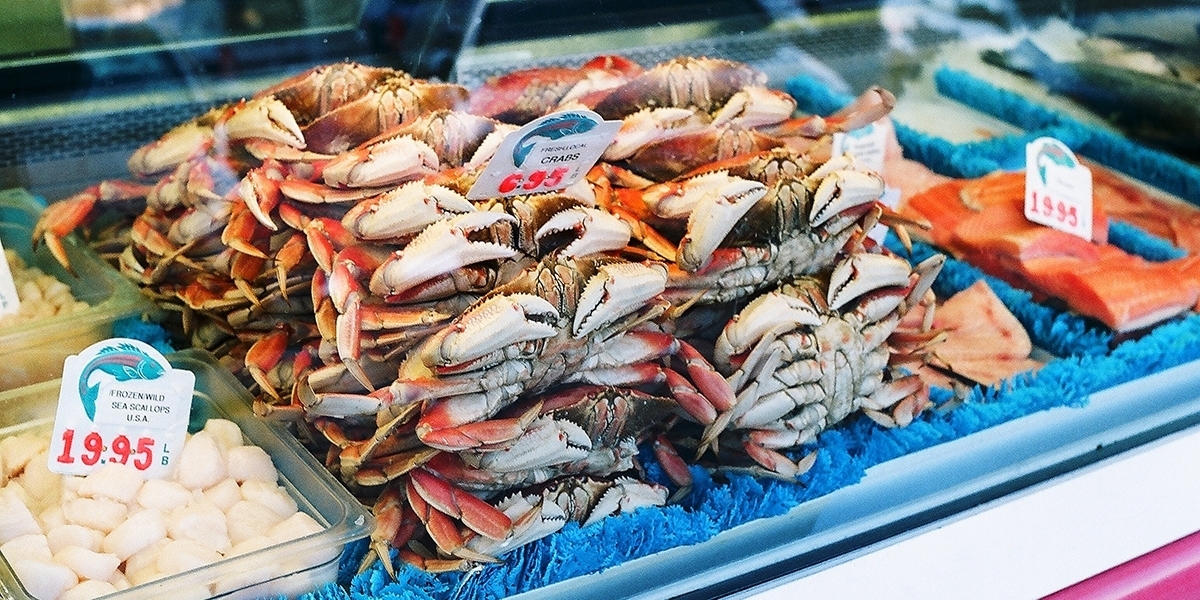By Sustainable Travel International
Consider the case of the Galápagos Islands. In 2016, the President of Ecuador created a 15,000-square-mile (40,000-square-kilometer) no-take zone in the Galápagos Marine Reserve. No-take zones are a specific type of marine protected area where no fishing is allowed. By banning fishing in designated areas, the zones help threatened marine populations, such as the hammerheads and reef sharks of the Galápagos, to thrive. Conservationists were thrilled with the decision, but local fishermen opposed it. Travelers were left caught in the middle, wondering how they could support both marine life and local livelihoods.
Residents in destinations such as the Galápagos depend on a steady supply of fish for their jobs in the fishing or the tourism industries. Marine conservation and protective policies help ensure that these fish populations remain abundant. However, locals may not be as likely to prioritize conservation if they don’t think that tourists care about responsible practices or if they feel the protections inhibit their income stream.
As a traveler to these destinations, you have the unique opportunity to help wildlife protection and local livelihoods to prosper together in harmony. Here’s how.

When Viewing Marine Wildlife
The Galápagos – and many other destinations around the globe – rely largely on tourism. Those sharks we mentioned – that’s what makes scuba diving and snorkeling so great. The creation of the no-take zone should lead to more flourishing marine wildlife populations and even better shark viewing. As a traveler and consumer, there are some choices you can make to ensure you experience wildlife the right way and questions you can ask to encourage conservation. Below are a few considerations to think about when diving, snorkeling, or going on a marine wildlife tour:
- Respect and support parks and marine protected areas. This means following guidelines, listening to guides, and treading lightly (and legally). By doing so you will be reducing your impact on the environment and demonstrating that wildlife protection matters to you.
- Inquire about marine protected areas and how they are managed. Not only will you learn a lot of interesting information, but the more you ask, the more that tour operators and others will realize that these measures are important to tourists.
- When planning an activity, ask the provider for their certifications and who they report to. Do they report to local park guards or the government, or are their activities left unchecked? When providers are held accountable, they are less likely to engage in destructive practices.
- Ask how your activity affects the wildlife. Does the money you spend all go to the company or does it go to worthy causes such as park protection or local environmental education? When you choose providers that prioritize conservation it helps establish marine protection as an essential component of a successful tourism business.

Ordering or Buying Seafood
It may seem contradictory that when you buy seafood you could actually be helping to protect marine wildlife, but if you know what questions to ask and go about it the right way, it can. It’s important to remember that marine wildlife protection and livelihoods go hand-in-hand. When the local fishermen are reaping the benefits of sustainable fishing, they are less likely to be tempted to engage in destructive practices such as overfishing.
So what does this mean for you and how are you supposed to know what to order? In some parts of the world, particularly North America, Europe, and South Africa, there are plenty of “what to eat” guides and certifications that can help steer you in the right direction. But that’s not the case in every destination you reach. Here are some considerations to make when purchasing seafood abroad:
- Buy from local fishermen: Ask where the seafood on the menu is from, who caught it and if it’s in season. Your server might not know the answers, but your chef should. When you are that close to the water, the answer should be the name of a fisherman or the local seafood co-op. If not, that might be a signal to you. Not only will it likely be some of the freshest seafood you’ve ever eaten, but your purchase benefits the person who caught it and their family.
- Don’t be afraid to pay a little more for that fish. Yes, an imported product could be cheaper, but remember that local purchases support local fishermen and help prevent unsustainable harvesting.
- Know what you’re consuming. Is the species endangered or is the population abundant? Select more plentiful species that reproduce and mature quickly rather than those higher on the food chain, such as sharks. By making good decisions about the types of fish you eat, you can help reinforce the demand for sustainable seafood. For more information on sustainable seafood choices, visit http://www.seafoodwatch.org/ or https://www.msc.org
- Ask how it was harvested If you’re concerned about overfishing – ask what fishing methods were used. When you avoid purchasing fish harvested via destructive practices it encourages fishermen to adopt more sustainable methods. You can also find information on sustainable fishing practices at http://www.seafoodwatch.org/ or https://www.msc.org
By following these guidelines while traveling, you’ll help ensure that marine wildlife protection and local livelihoods work hand-in-hand – leading to a more sustainable future for all involved.
Click here for more information on how Sustainable Travel International is helping to balance local livelihoods and marine protection in places like the Galapagos.
This article was originally published on TripAdvisor’s Animal Welfare Portal.
Quick Links
Facebook
Group
Share sustainable travel experiences, exchange tips for better travel, and get inspired!
Member
Benefits
Browse exclusive member benefits including savings on hotels, tours, travel gear and other travel-related products and services.
